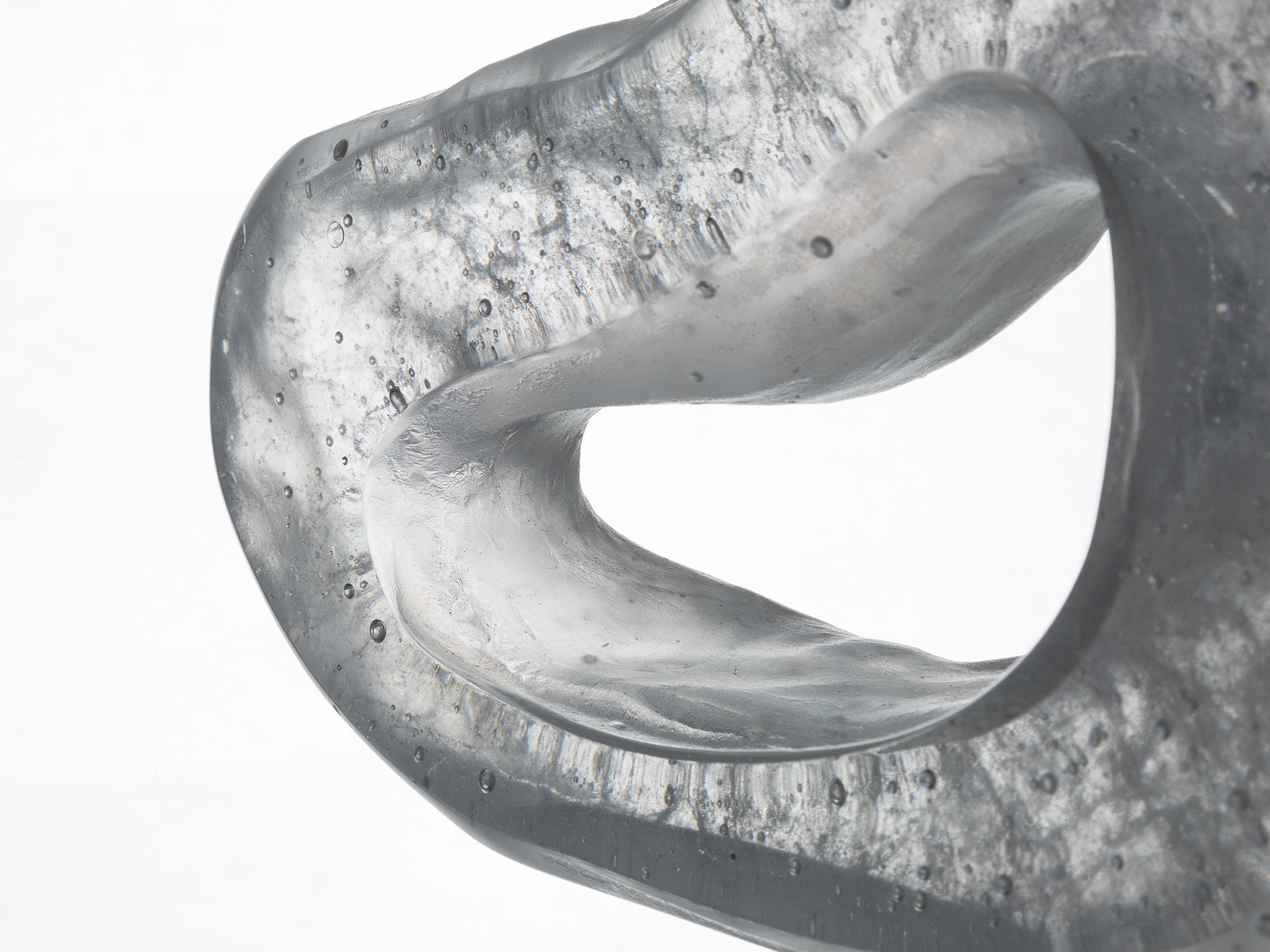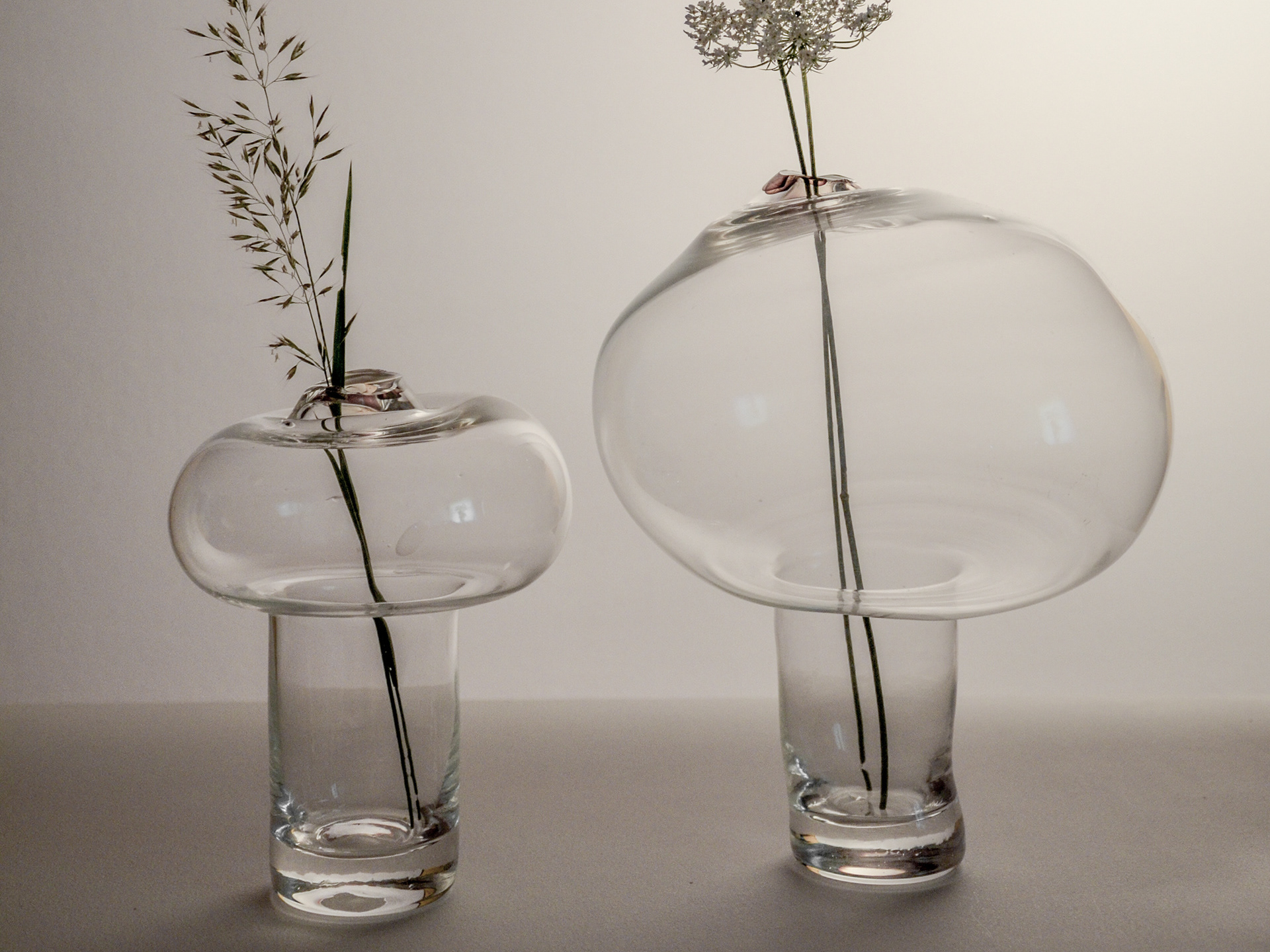
Authors: Jo Zornik & Nika Šantej
_______________________________________________________________________________________________________________
"Verdant" comes from the Old French term vert, which is derived from the Latin virērē, which means "to be green." Our goal was to make the glass industry more greener, as well as to assist consumers become more aware of their carbon footprint and global actions.
Glass bottles are one of the most environmentally friendly goods, but there is still plenty that can be done to reduce their carbon footprint during production and transportation. Wine packaging accounts for nearly half of the entire wine carbon footprint (46%) rather than wine transportation. What options do we have? The hexagonal shape of the bottle is inspired by the factory's practice of stacking glass bottles on pallets. With the wine bottle shape, we determined that instead of 160 bottles, we could fit 256 bottles on one floor of the pallet (calculated for Bordeaux bottles). That is 96 more bottles per floor. Bottles are normally stack on pallets in six to seven floors (euro pallet dimensions). With our calculations, you can stack seven floors of Bordeaux bottles on pallet to fit container and that adds up to 1120 bottles per pallet. But in our case, even though you can only stack six floors of hexagonal bottles (we had to make bottle higher because of its non round form) you can squeeze 1536 bottles per pallet, that means 416 bottles more per pallet.
The datamatrix is located at the bottom of the neck and above the hexagonal corner, indicating that the label can only be applied to a bottle along the hexagonal line, emphasising the datamatrix.
Climate change and sustainability are hot themes that we all hear or witness every day. There appears to be a gap between what we can do on an individual level to make a difference and what we can do collectively. People want to learn more, but they also want industries to demonstrate their effect and potential solutions. We all notice and respond to this.
Our datamatrix encourages individuals to be more conscious of their carbon footprint by tracking the carbon footprint of a wine bottle from bottle to wine, transportation, and even retailers and winemakers. Despite their remarkable durability, which allows them to be reused up to 20 times, most glass bottles are discarded after only one use. While recycling is beneficial, we should consider bottle refilling and return programs to reduce the environmental impact of glass - the government is trying to fix that so there is a big opportunity for a service in the glass industry. Datamatrix includes a recycle button, which allows you to return a bottle to a nearby location (shop etc.). For the glass industry, that would mean to collect bottles faster and even to reduce unnecessary glass classification. The app approach encourages people to make small daily decisions that can help them minimise their carbon footprint while also increasing their knowledge.
_______________________________________________________________________________________________________________
Mentors: izr. prof. Rok Kuhar, prof. mag. Tanja Pak, prof. Jure Miklavc, prof. Masayo Ave










